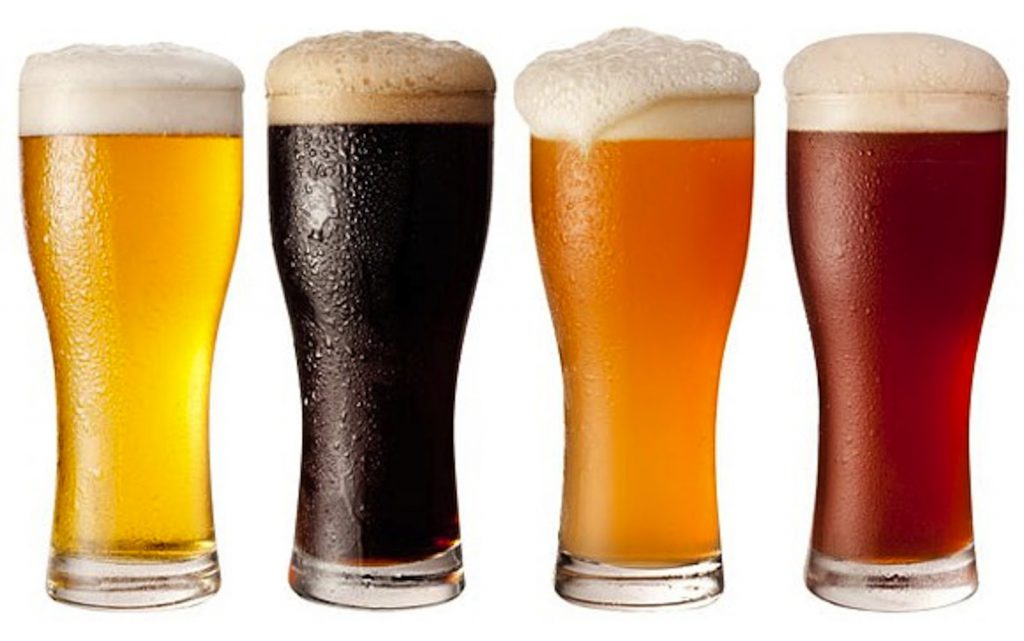
- Readers Rating
- No Rating Yet!
- Your Rating
If you like blond or brown, white or toasted, dry or sweet… This is your post. We introduce you to all the types of beer that you probably didn’t know about so that you can become a master brewer.
Types of beer according to their early dry extract
The early dry extract or ESP is the set of organic ingredients that make up the wort before fermentation, with the exception of water, according to brewers.org. It is divided into the following types of beer:
- Non-alcoholic: They are obtained by stopping fermentation or by extracting the alcohol through physico-chemical processes. They have between two and four grams of ESP per 100 grams of must. They contain very few calories (approximately 17 Kcal per 100 grams) and this is because they preserve the properties of their ingredients very well. But you have to be careful with the labels that mark this type of beer as it is often difficult to guarantee that a drink has absolutely no alcohol in it. Since 2016, drinks with less than 1% can be labelled as “free”.
- Traditional: They have more than 11 grams of ESP per 100 of wort.
- Special: They contain more than 13 grams of ESP per 100 of must.
- Extra Special: They have more than 15 grams of ESP per 100 wort. In general, special beers retain their flavour very well due to the quality of the ingredients.
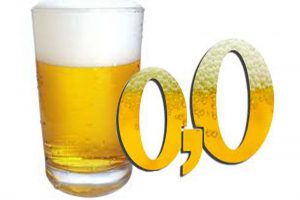
Types of beer depending on the cereal from which it is fermented
-Barley beer:
Made from malted barley. Its flavour is bitter and powerful. Within this, we find the two great families of beer known throughout the world: Ale family and Lager family. Depending on the fermentation temperature of the yeast, we can find varieties within these types of beer:
Ale or high fermentation:
These beers are brewed by fermenting at high temperatures, around 25 degrees for short periods (5 to 7 days). A secondary fermentation is usually carried out to clarify the beer. Unlike lagers, they are more hoppy, so the alcohol content is higher. Ale is the name of the yeast used. Sometimes, it is not drunk as cold as Lager, it is drunk at room temperature. It comes in the following varieties:
- ALE: its colour spectrum is very wide and can range from the lightest blonde to red, its flavour is fruity although intense. It is quite full-bodied. Its alcohol content ranges from 5-6% by volume. Depending on the region, the brewing is done differently, but the Belgian style is the most common.
- ABBEY: It has 6.5% alcohol by volume. Bronze in colour, it is toasty and creamy with a fruity and caramelised flavour.
- BLACK STOUT: This is one of the most famous dark beers. Its colour is determined by the intense malting. It is very bitter, creamy and stout. It has 5% alcohol by volume. Within this variety, we can find others such as dry Porter Stout, sweet Stout and Imperial Stout.
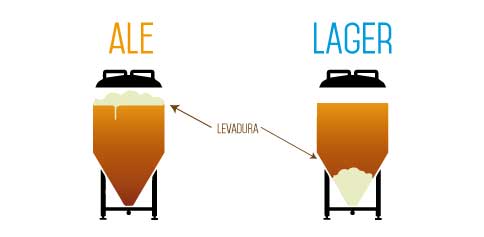
Lager or bottom fermentation:
Lager is the name of the yeast used. For the production of these beers, fermentation is carried out at low temperature and for long periods of time. Maturation takes place at a cold temperature of approximately 0 degrees. For this reason, these beers are usually produced in winter. They vary from blond to roasted and black beers. They are made with few hops. These beers are relatively recent. They date back to the 19th century and come in the following varieties:
- LAGER PILSEN: this is a blonde beer, as it comes from a light malt, with 4% alcohol by volume. It is a light beer but with a strong hoppy flavour. It is brewed using the traditional method of beer production, the Pilsen method, which is the best known throughout the world. This makes it one of the most popular beers in Spain according to the blog cervecear.
- LAGER SPECIAL: It is a blonde beer with amber highlights and a flavour marked by toasted nuances. It is also very creamy and can reach up to 5% alcohol by volume.
- LAGER EXTRA: Its colour is darker than the previous ones and has golden or coppery touches due to the toasted cereal. Its flavour is quite bitter and its texture is creamy and unctuous. Brewmasters would say that this is the clear example of a full-bodied beer. Of the lagers, it is the one that can contain the most alcohol, between 6 and 7%.
Spontaneous or lambic fermentation:
In these cases, wild yeasts are used and left to ferment in the open air. They are usually wheat yeast and have little gas and foam. They are golden in colour and have a malty taste with a sweet aftertaste. The best known spontaneously fermented beers are Belgian and are brewed in the town of Leembek, hence the name. Their varieties are:
- GUEUZE: they are very mild, do not taste of hops, but are very carbonated. This type of beer improves with time like a good wine, so it is usually left to “age”.
- FARO: they are brewed by interrupting fermentation to keep the sugar in the beer, giving it a sweet taste. It has little foam and a brown colour. It is not very popular.
- KRIEK: according to Eloy Rodríguez’s blog, raspberries and cherries are added to this beer according to Belgian tradition to macerate them and thus mitigate the bitter taste. Kriek is the Flemish name for a variety of cherries, hence the name of this beer. Its delicate character makes it known as “pink champagne”.
-Wheat beer:
They originate from Germany, but are also very popular in Holland. They are less well known than barley beers because of their fruity taste and lack of nuances, and are brewed from wheat malt with high fermentation. This makes them lighter in colour. For this reason they are also known as ‘blondes’, although in Germany they are called white beer (weißes Bier). They are very popular when mixed with lemon.
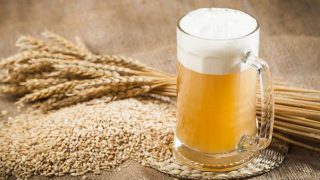
Other types:
Barley is the best cereal for brewing beer. However, there are other cereals, such as wheat, which we have already mentioned, that can be used in its production. This is the case of maize or rice. Beers made with these cereals do not usually have the same power, strength and quality as those made with barley, according to brewing experts.
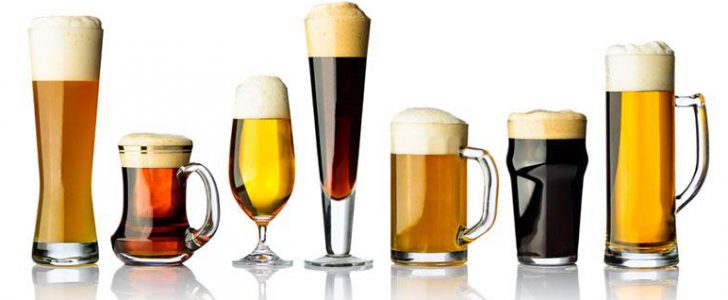
After reading this post, you will surely feel like a cold beer. Visit mentta to find out about all the types of beer we offer, as well as the craft varieties. Which one do you like best?
